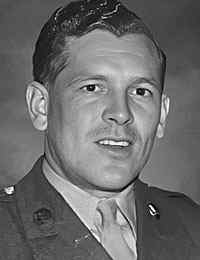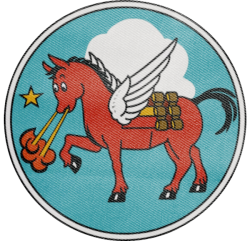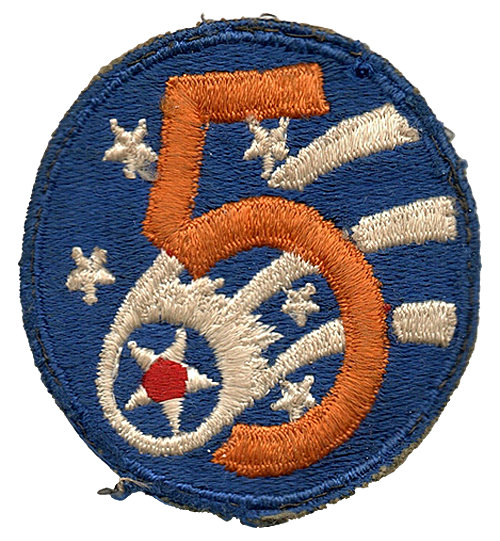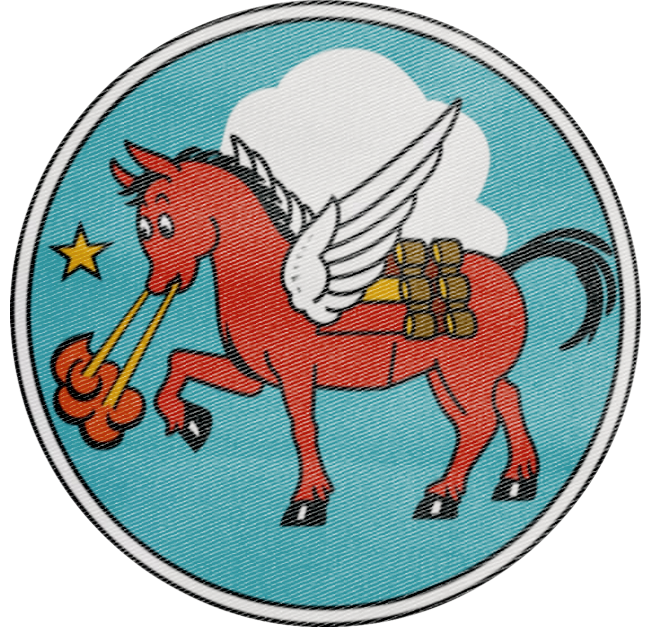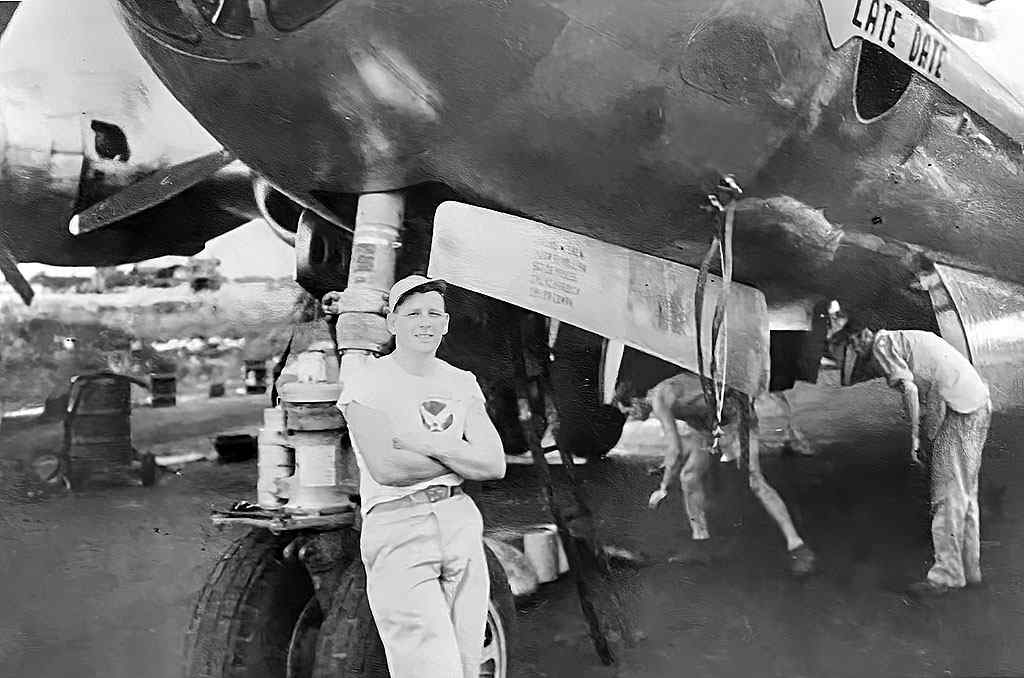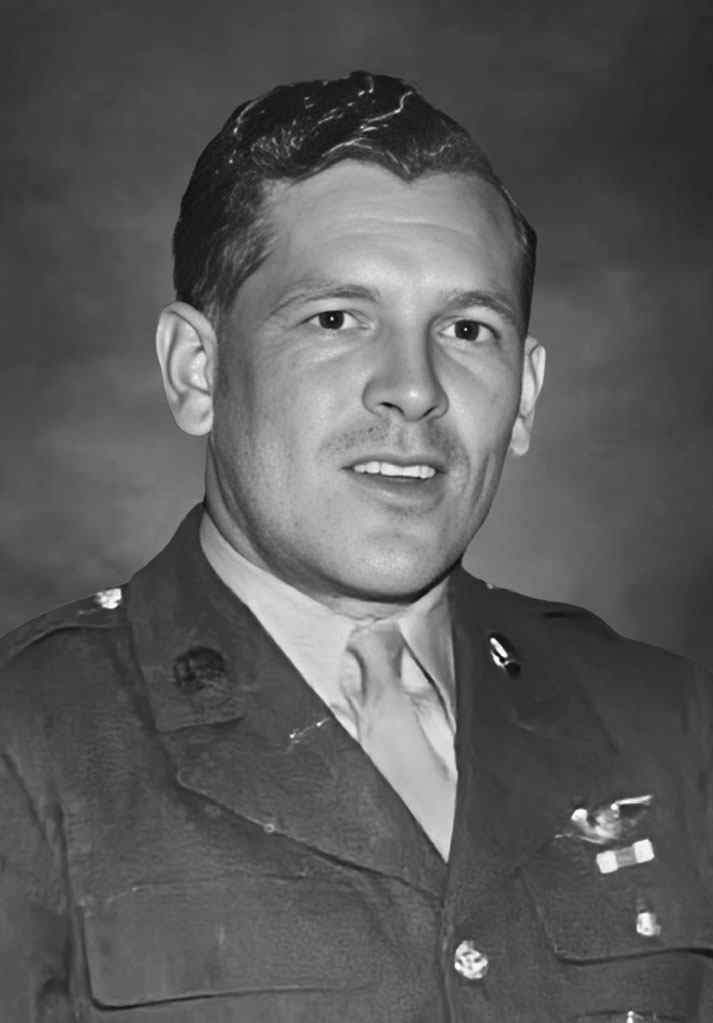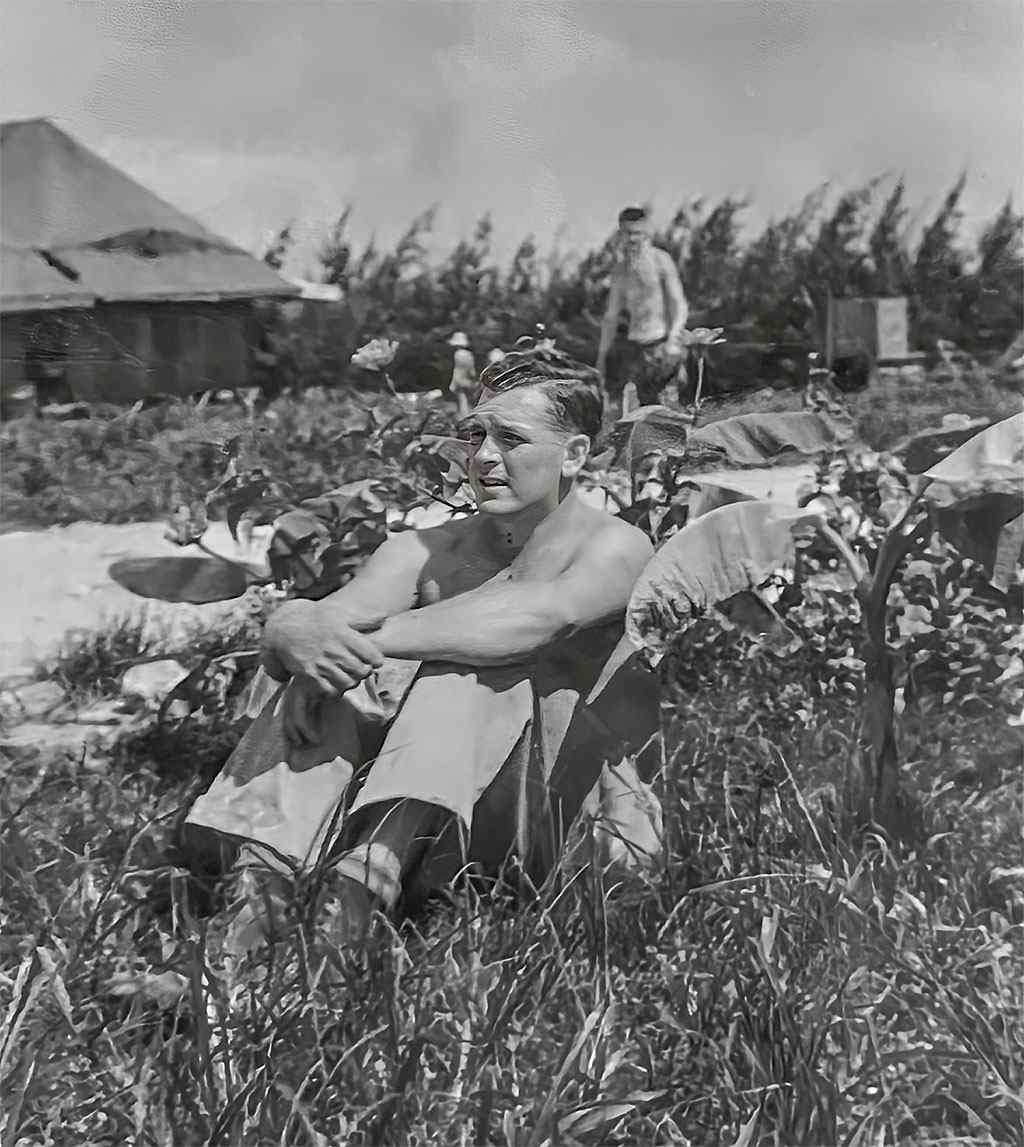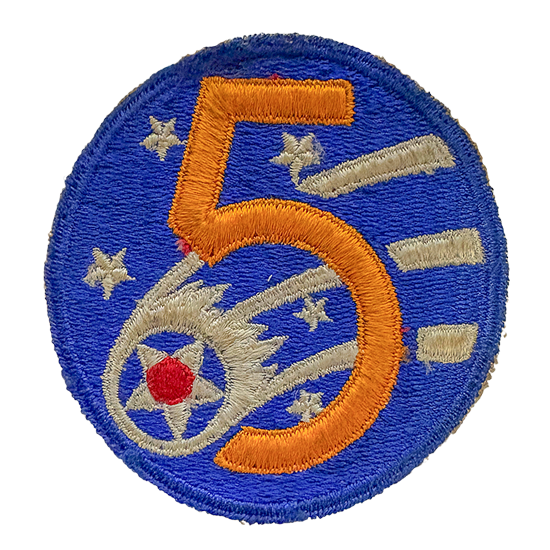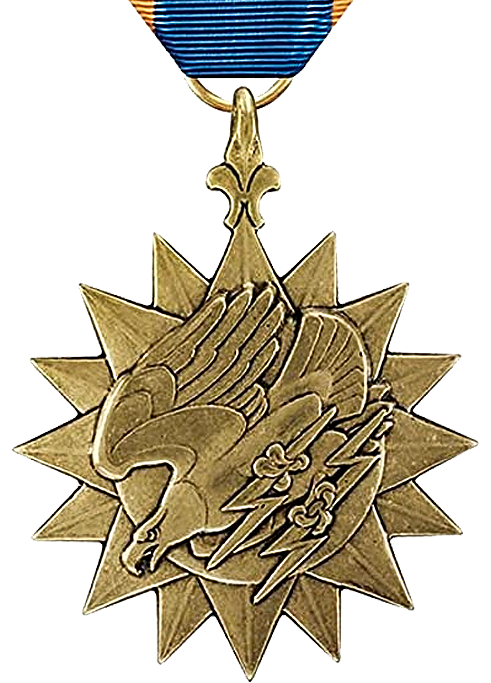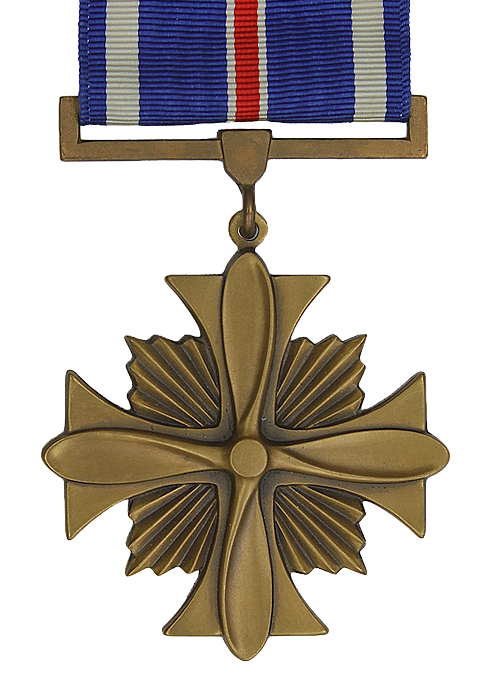It all started with a discovery, a patch tucked away in a plastic container filled with a jumble of mismatched items. There were Dad’s old military stripes, a few keepsakes that had belonged to my brothers when they were young, a framed photo and a rosary. At first glance, none of it seemed connected. I had always assumed the patch was just one of my brother’s old Boy Scout patches. Little did I know that this small, unassuming piece of cloth would be the beginning of a journey I never expected.
Curious, I began researching the patch and learned it had been given to men who served in the South Pacific. My excitement grew, and I called my brothers to share what I’d found. “Did you know Dad was in the South Pacific?” I asked. Both of them responded with a casual, “Well, yeah, of course.”
That moment hit me hard, I realized how little I actually knew about that part of Dad’s life. Sure, we had all read his diary, but I was so young then. All I really remembered was how much baseball he played. As I dug deeper, I uncovered a version of Dad I had never met before. Suddenly, so much made sense, his calm demeanor, his quiet strength. After everything he endured during the war, the rest of life must have seemed tame in comparison.
While sorting through the bins that had sat untouched in my house since we moved Mom out in 2019, I saw just how much history we had been living alongside without realizing it. There were original documents from the mid-1940s, a government press release about a mission, photos from that era, and hand-written notes where he had marked “KIA” next to the names of friends on the backs of pictures. He went through so much during that time. And even though I’ve spent over 100 hours researching just his first month in Saipan, I know I’ve barely scratched the surface.
Diary Entries
To understand where it all began, I opened his diary. On the first page, he wrote: November 6, 1944 Left Mather Field, Calif. Landed at John Rodgers Field, Hawaii. Nice trip , almost 11 hours over water. From that moment on, every entry captured a piece of a story I had never fully appreciated. Through months of missions and uncertainty, the diary unfolds a window into the daily reality of war, both the monotony and the moments of fear and triumph.
The first day in Saipan entry reads:
Nov 11, 1944. Left Kwajalein this morning, landed at Saipan at 1 o’clock, should of seen all the brass out there to meet us. The island sure looks good from the air. We lost the day of Nov 10th coming across the Johnston Islands. Oh yes! Armistice Day today sure don’t seem like it.
Nearly ten months later, the last entry reads:
August 28, 1945. Well, we’re all done now. Flew our 35th mission to Tokyo, hauling supplies to the prisoners of war. We dropped them in by parachute. Tokyo is really burned out; hardly any buildings are left at all. The prisoners were sure glad to get that stuff. They stood on the tops of the buildings, waving flags and trying to attract our attention. We stayed there for two hours looking over the place. We were at 500 ft.
Reading those words, I felt a mix of relief, sorrow, and pride. It’s humbling to think of my father, at such a young age, witnessing a world in ruins and doing his part to bring help to those who had survived.
After the War
After the war, he re-enlisted in the Air Force in 1946 and dedicated another 17 years to military service, retiring in 1963 as a Senior Master Sergeant after a remarkable 21-year career.
